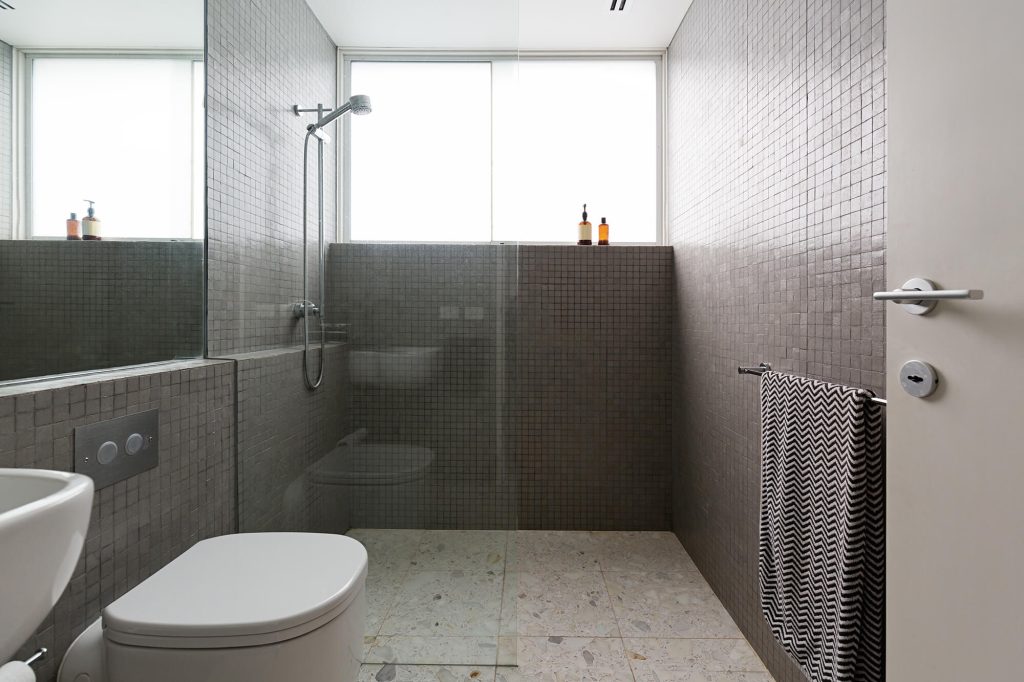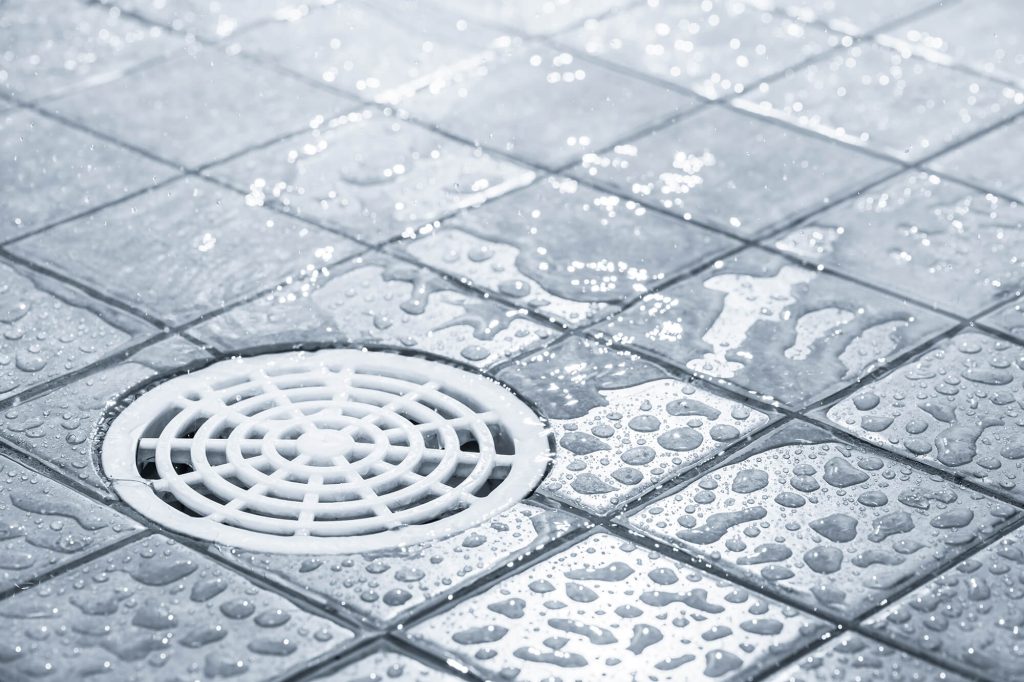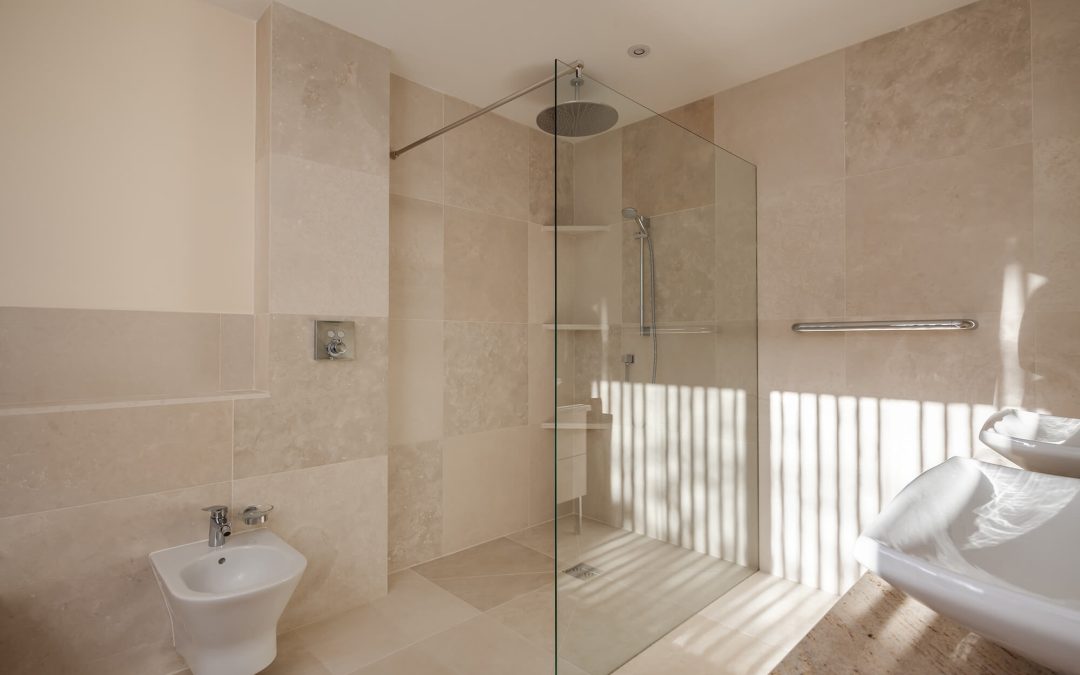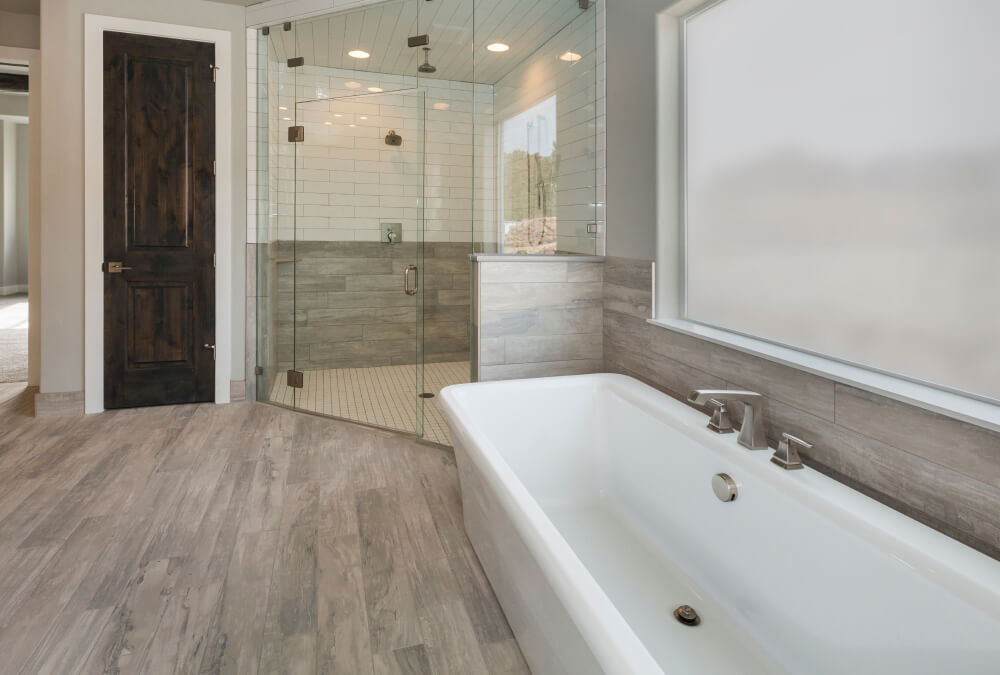Replacing shower floor tiles might seem like a tricky and time-consuming process, but with the right materials and a few tips and tricks, it’s a straightforward job that can be completed in as little as one day. While an eager DIY-er may be able to tackle this project and have success, keep in mind that professionals will be able to replace tile more efficiently and with far less chance of accidentally damaging the shower base.
So, whether you’re replacing shower floor tiles all by yourself or getting the help of an expert, we bring you this blog post with all the main steps and advice for a job done right.
Measure with care
One of the easiest mistakes to make is neglecting to take proper care when measuring the area to be retiled. Some people only take rough measurements, rounded to the closest inch or so, and only find out when they’re almost done laying the new tile that something is off. So we recommend following the rule of utmost caution when measuring your shower base and new tiles.
Don’t forget that there will be a layer of grout—about two to four millimeters thick—between each tile. Take these spaces into account when calculating the number of tiles to buy. Otherwise, you might end up spending extra money on tiles you won’t need.
While you’re in the measuring stage, we also recommend taking the time to plan out exactly how the tiles will fit into your shower. Graph it all on paper (or a computer program) so you can visualize the final result and make adjustments as needed. For example, if you’re laying large shower tiles, it’s likely that you’ll have to cut at least one so that it fits the space and doesn’t leave any awkward gaps or overcrowding.

Remove old shower tiles
Now for the most daunting part of replacing shower floor tiles: stripping the old tiles to make way for the new ones. For this part of the task you’ll need a masonry chisel, a hammer or mallet, and plenty of patience. Use extra care during this stage because if you chisel the wrong place, you could damage the membrane that lies underneath the shower. Work from the edges inward and go slowly, as rushing can lead to unnecessary and costly mishaps.
Before getting started, be sure to also grab some personal protective equipment. You will probably want to wear a mask as you remove the tiles because the process tends to produce dust that is not healthy to breathe in. Use glasses to protect your eyes from any shards that may fly and wear gloves to prevent the formation of blisters.

Lay new tiles
Once all the old tiles are removed, it’s time for the most satisfying part of replacing shower floor tiles: laying down the new ones and watching your dream shower become a reality! But before you start placing the new tiles, be sure that the membrane underneath is clean and level, as an uneven surface will cause the final result to look crooked and can even cause the new tiles to crack.
Once your surface is prepped and ready to go, dry fit the tiles to the shower floor. Simply place all the new tiles exactly as you planned to put them, but without adhering them. This way, you’ll be able to see if you made any measurement mistakes that need to be corrected (by cutting another tile, for example) before moving on to the next step.
When it comes time to stick the new shower tiles to the base, you’ll need to find an adhesive that’s ideal for the material that the tile is made of. Thinset mortar is one of the most common options as it works well with most kinds of tiles. Epoxy mortar is another frequent choice, although it dries quickly and therefore requires you to work at a fast pace. Consult with a professional to determine which adhesive is right for your project.
For a neat finish, use tile spacers when adhering the tiles to the base. Once all the tiles are placed in the correct spot and the glue has dried, you can go ahead and apply grout in between the tiles. After the grout has cured, you may want to apply a layer of sealer to extend its lifespan and protect it from the common problem of mildew.
Final thoughts
We hope this post has helped you gain an understanding of the main steps involved in replacing shower floor tiles. If you plan to take on this project by yourself, we wish you happy tiling. If you’ve decided to get some expert help, feel free to contact us for a free quote.




